
Artists at the Grand Charity Auction 2024
Artists
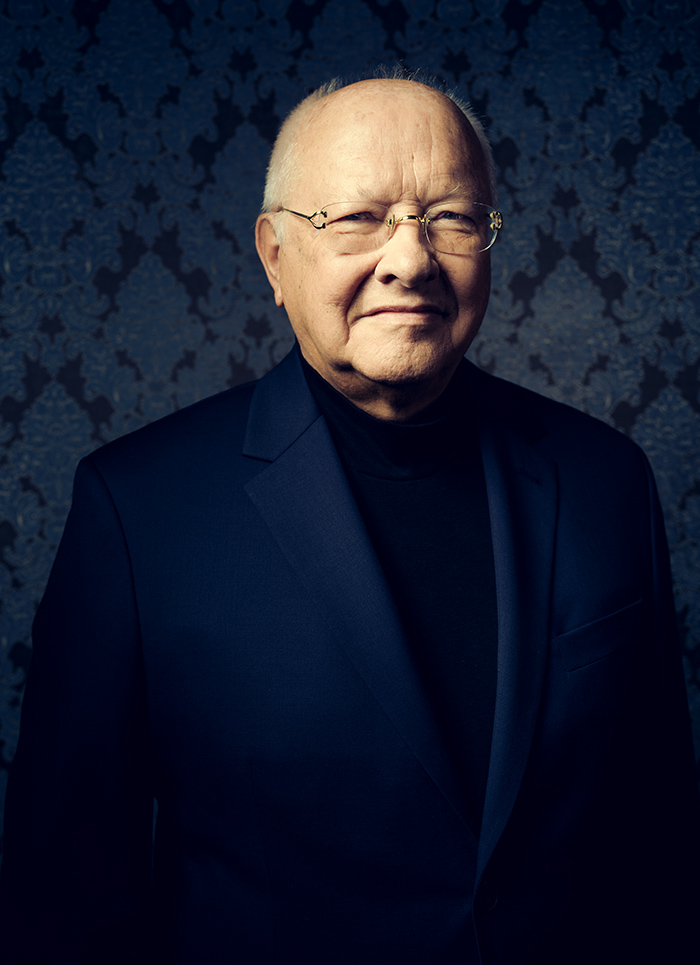
Wojciech Siudmak
Wojciech Siudmak, born in 1942 in Wieluń, is a renowned Polish artist residing permanently in France since 1966. He pursued his studies at the Academy of Fine Arts in Warsaw and the École des Beaux-Arts in Paris. Siudmak’s contributions to the arts have earned him numerous accolades, including the Officer’s Cross of the Order of Merit of the Republic of Poland and the Grand Gold Medal from the Art-Sciences-Lettres Academy. He is a prominent figure in fantastic realism and science fiction, known for his work’s Renaissance precision, remarkable imagination, and intellectual depth. Esteemed personalities such as Federico Fellini, Jean-Jacques Annaud, George Lucas, Paul Guth, John Harrison, Jacques Goimard, Jean Claude Dunyach, and Denis Villeneuve, director of the Oscar-winning Dune, have expressed admiration for his art.
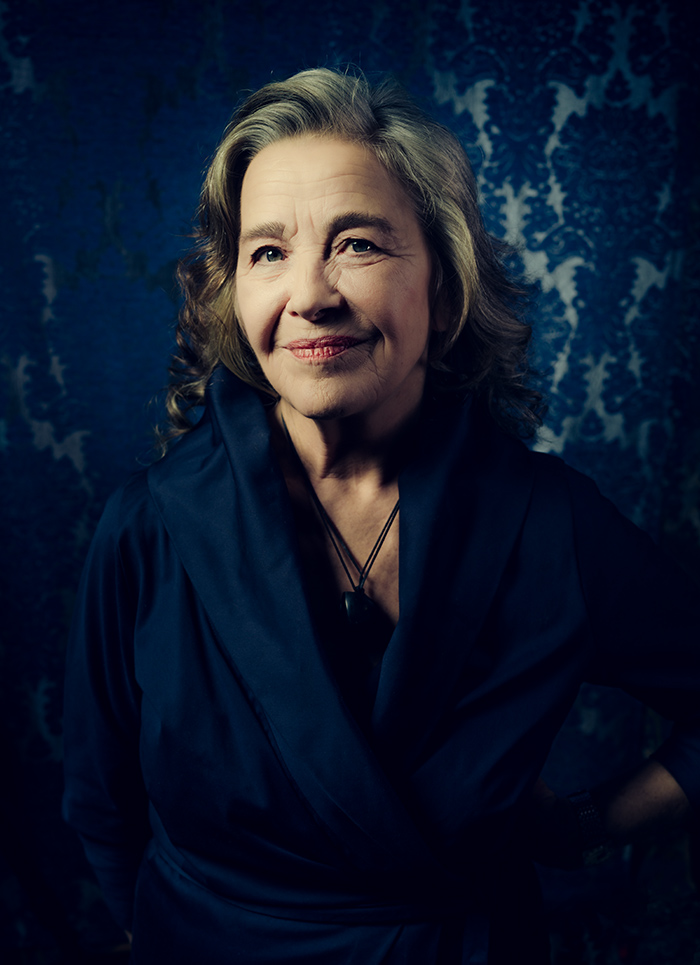
Barbara Falender
Barbara Falender, born in 1947 in Wrocław, is a distinguished Polish sculptor, photographer, and performer. She completed her education at the Sculpture Department of the Academy of Fine Arts in Warsaw, under Prof. Jerzy Jarnuszkiewicz. Falender’s work spans sculptures in stone and bronze, frequently incorporating different materials or marble varieties. In the 1970s, she began experimenting with synthetic materials, and since the 1980s, she has also included porcelain. Falender was awarded a scholarship by the Italian government in 1976 for marble sculpture work in Carrara. She has received numerous awards, including the first prize at the Winter Salon in Radom in 1980 and a prize at the III Sculpture Symposium in Fanano in 1985. Her works are part of numerous private and museum collections, including the Centre of Polish Sculpture in Orońsko and the National Museums in Warsaw, Krakow, Poznań, and Szczecin. In her creations, Falender ingeniously melds explorations of the female and male form—echoing themes from the sexual revolution—with the grand classical traditions that trace back to antiquity. She is recognised as a master in crafting both sensual and idealistic sculptures, utilising marble, a material known for its challenging nature and intrinsic value. – Prof. Paweł Leszkowicz, Through Touch, curatorial text in the catalogue for the exhibition at CSK in Lublin, 2023, p. 13.
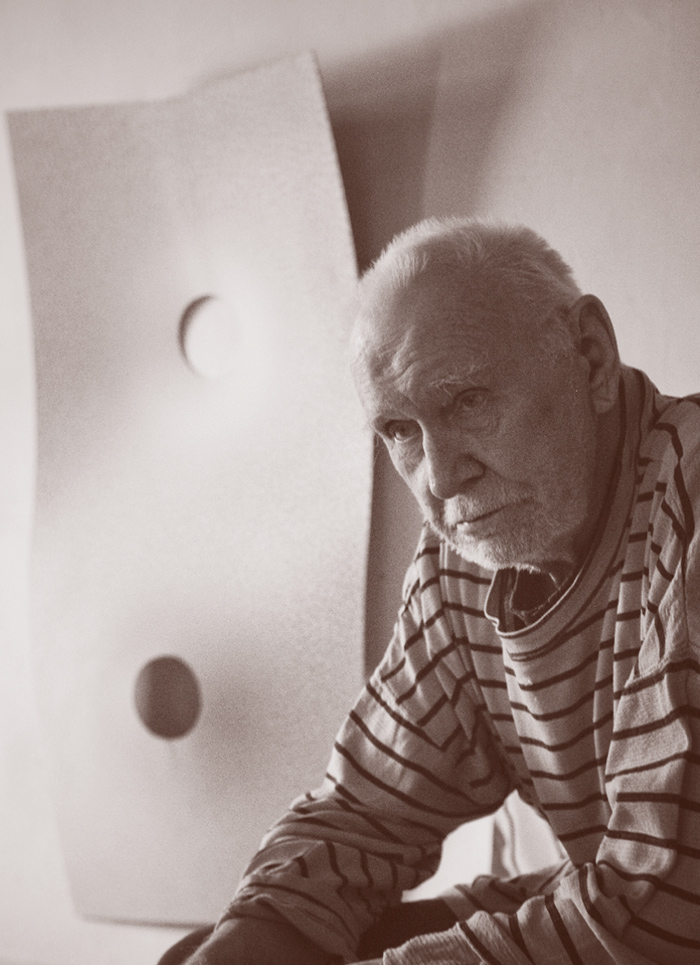
Wojciech Fangor
Wojciech Fangor, a distinguished Polish artist, made an indelible mark on the art scene both in Poland and globally. A multifaceted talent, he excelled as a painter, graphic artist, sculptor, and publicist. Fangor was born on 15 November 1922 in Warsaw, the city where he also passed away on 25 October 2015. His artistic journey commenced in the aftermath of World War II, under the private tutelage of Tadeusz Pruszkowski and Felicjan Szczęsny Kowarski. In 1946, he culminated his studies at the Academy of Fine Arts in Warsaw. A pivotal moment in Polish art history came in 1957, when Fangor, alongside Stanisław Zamecznik and Oskar Hansen, unveiled Poland’s inaugural environmental piece, Spatial Composition, at Zachęta. The subsequent year saw him further innovate with Study of Space, exhibited at the Salon of New Culture in Warsaw. In 1966, Fangor took his talents to the United States, where his abstract painting experiments set new precedents. His creations were showcased at eminent institutions, including a solo exhibition at the Museum of Modern Art (MoMA) in New York. Upon his return to Poland in 1999, Fangor continued to make significant contributions to the nation’s contemporary art scene, notably through projects like the second line of the Warsaw metro. His artworks, revered on the art market, frequently attracted the attention of discerning collectors.
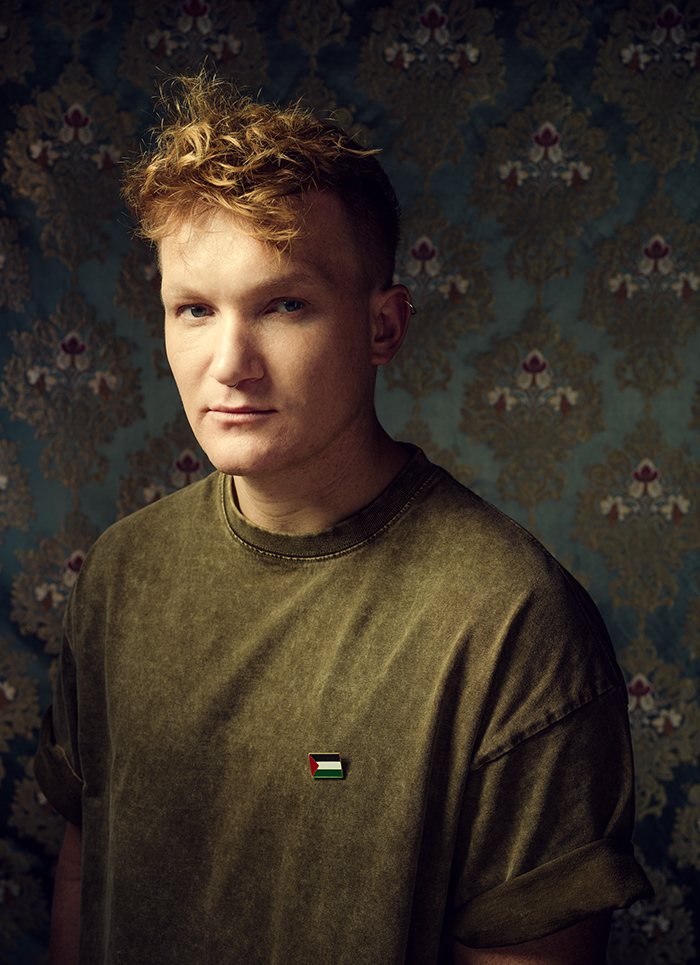
Igor Dobrowolski
Igor Dobrowolski, born in 1987 in Jelenia Góra, emerged on the art scene in 2014, swiftly gaining international acclaim. The artist is known for his highly conscious, methodical approach to the creation of art, working across several series, each reflecting different facets of the author’s psychological makeup. Dobrowolski engages deeply with social themes, blending innovative artistry with activism. His work has graced galleries and exhibitions in cities like Miami, Los Angeles, Taiwan, London, and Berlin, in partnership with prestigious galleries including Maddox Gallery and Gin Huang Gallery. Currently, he is affiliated with HOFA Gallery. Artist’s upcoming exhibitions in 2024: Kiaf Seoul, Contemporary Istanbul, Abu Dhabi Art Fair, Art Miami.
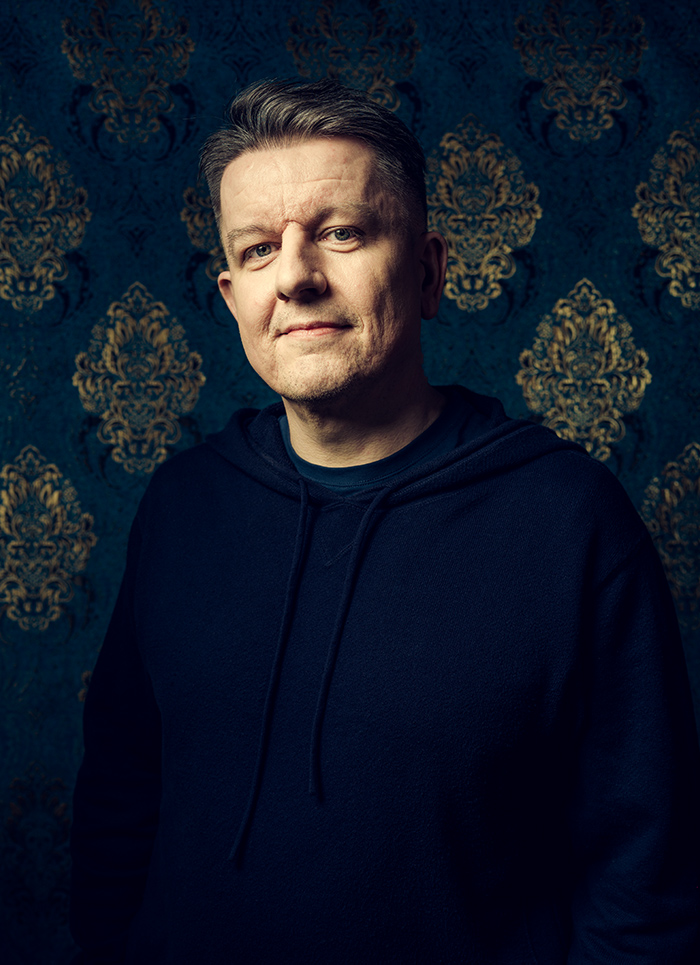
Marcin Maciejowski
Marcin Maciejowski, born in 1974 in Babice near Krakow, pursued his studies at the Faculty of Architecture of the Cracow University of Technology (1994-1996) before moving to the Faculty of Graphic Arts at the Academy of Fine Arts in Krakow (1996-2001). A founding member of the Ładnie Group from 1995 to 2001, he has also been honoured with the Paszport Polityki award in 2003. His artworks are housed in numerous museum and private collections across the globe, including the Belvedere Museum in Vienna, the Frissiras Museum in Athens, the Museum of Modern Art in Warsaw, and the National Museum in Krakow.
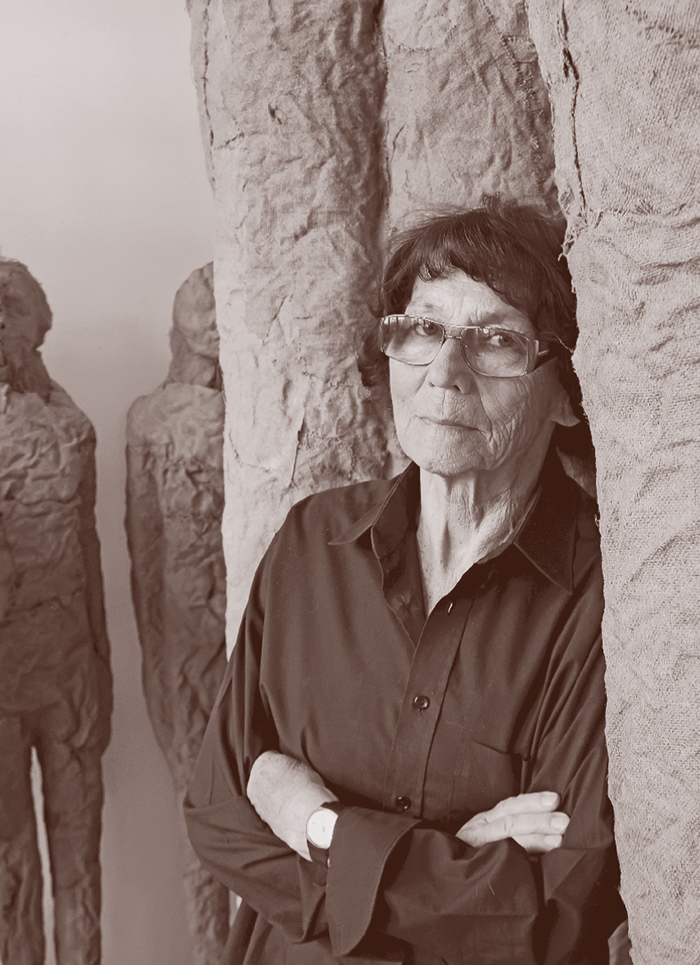
Magdalena Abakanowicz
Magdalena Abakanowicz, an iconic figure in Polish art, was born in 1930 in Falenty near Warsaw and passed away on April 20, 2017. Her international acclaim stems from her work as a sculptor, textile artist, and installation creator. She pursued her education in Sopot and at the Academy of Fine Arts in Warsaw, later becoming a professor in 1979 at the State Higher School of Fine Arts in Poznań, where she led the tapestry studio from 1965 to 1990. Initially, her creations featured textiles made from unconventional materials such as rope, sisal, and horsehair. Over time, she transitioned to creating reliefs and textile sculptures, notably the “abakans,” which led to her exploration of spatial arrangements and outdoor installations. Her work predominantly explores natural forms, especially the human figure. From the early 1980s, Abakanowicz focused more on sculpture, often featuring human figures and occasionally animals, assembled in groups. She utilised materials such as wood, metal, and stone for her monumental sculptures and engaged in architectural projects. Her representation of Poland at the Venice Biennale in 1980, alongside her monumental public works, including Negev at the Israel Museum in Jerusalem (1987) and Agora in Grant Park, Chicago (2006), underscore her influence. Her works are part of prestigious collections worldwide, including the Metropolitan Museum in New York, Centre Pompidou in Paris, Stedelijk Museum in Amsterdam, and Tate Modern in London. Her art has achieved record sales on the Polish art market in recent years.
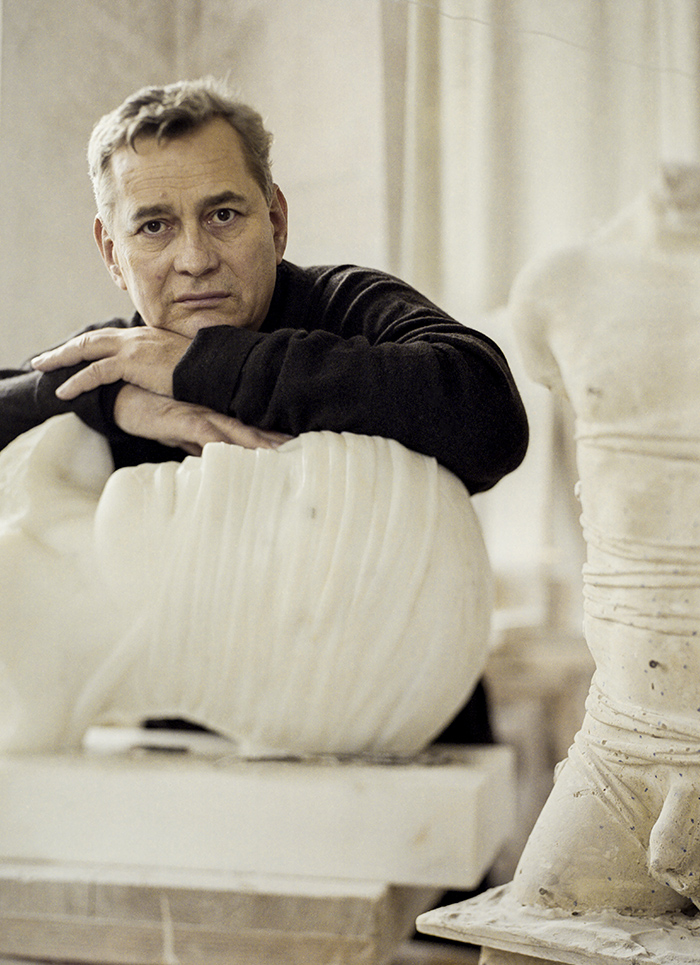
Igor Mitoraj
Igor Mitoraj was born in 1944 in Oederan, Germany, and passed away in 2014 in Paris. In the 1960s, he pursued his studies in painting at the Academy of Fine Arts in Krakow, under the tutelage of Tadeusz Kantor, among others. He furthered his education over the following two years at the École Nationale Supérieure des Beaux-Arts in Paris. From the mid-1970s, he dedicated himself to sculpture, producing intimate heads and torsos distinguished by their unique wrappings and bandages. His inaugural solo exhibition in Paris in 1976 garnered acclaim from both the public and art dealers. Through his work, he engaged with the traditions of antiquity, viewing its heritage as remnants of a cultural golden age and as eternal templates. He is regarded as one of the most significant contemporary artistic figures. His sculptures, frequently of immense proportions, are displayed in prominent locations across numerous cities in Europe, the United States, and Japan. Among his creations are the caryatid of the Police Prefecture in Paris, a fountain in Milan, a monument in Piazza Mignanelli in Rome, and a sculpture beneath the Town Hall Tower in the Main Market Square in Krakow.
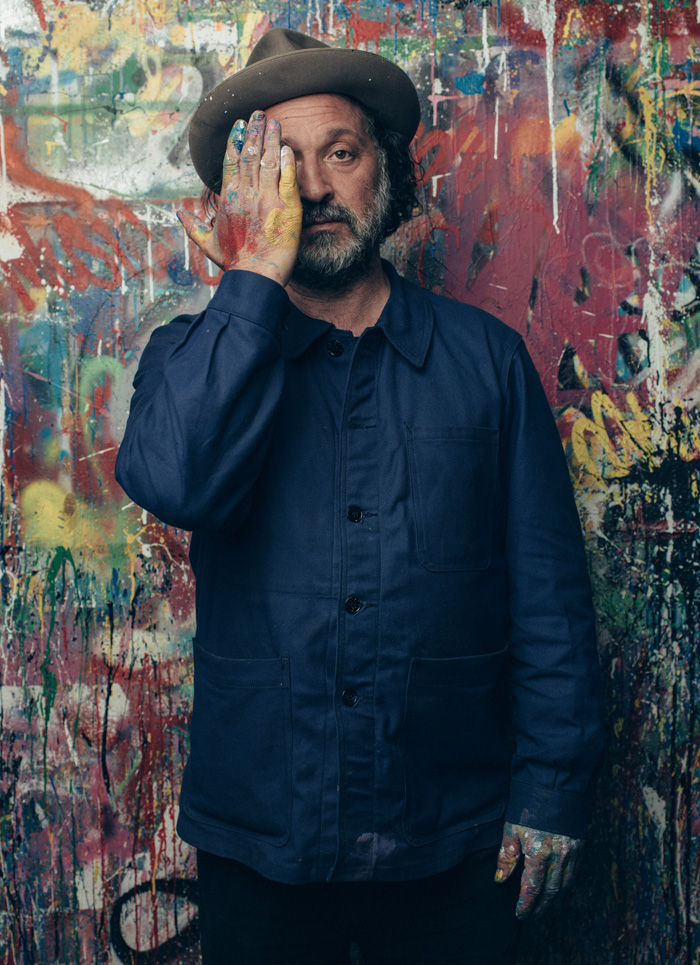
Mr. Brainwash
Mr. Brainwash (real name Thierry Guetta) is a street artist born in France and residing in Los Angeles. For more than a decade, Mr. Brainwash has been challenging the limits of contemporary art by blending street art with pop art. A crucial moment in his career was the Oscar-nominated documentary film Exit Through the Gift Shop. He has designed album covers for Madonna, Rick Ross, and Kygo, among others, and has collaborated with brands such as Hublot and Coca-Cola, as well as with Marvel Comics founder Stan Lee.
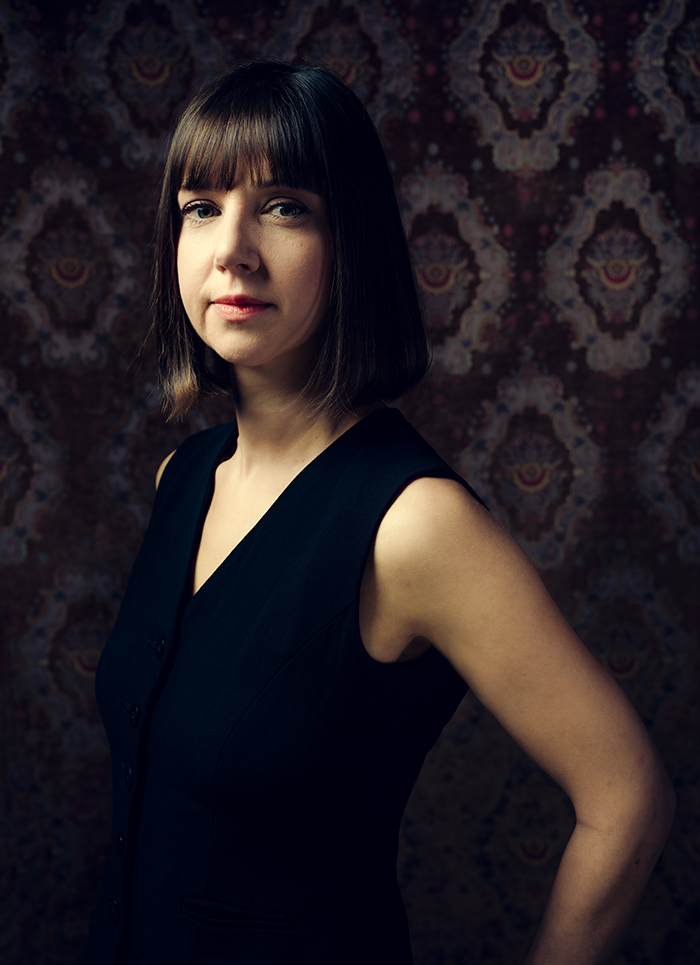
Ida Karkoszka
Ida Karkoszka, who was born in 1985 in Poland, graduated from the Sculpture Department at the Warsaw Academy of Fine Arts, where she studied in Professor Antoni Janusz Pastwa’s studio. Her sculptures, deeply rooted in the tradition of European representational art, often portray animal figures. Through her work, Karkoszka engages with themes of power, systemic violence, and their impact on innocent victims, establishing herself as a fervent advocate for animal rights and a critic of culturally endorsed brutality. She chooses to exhibit her work in areas experiencing destruction, advocating for greater environmental protection. Her sculptures have been displayed in notable venues such as the Warsaw Museum of Modern Art, the Centre of Polish Sculpture in Orońsko, Studio Cannaregio in Venice, and the Mark Rothko Centre in Daugavpils. Additionally, her works are part of the collection at the British Museum and various private collections.
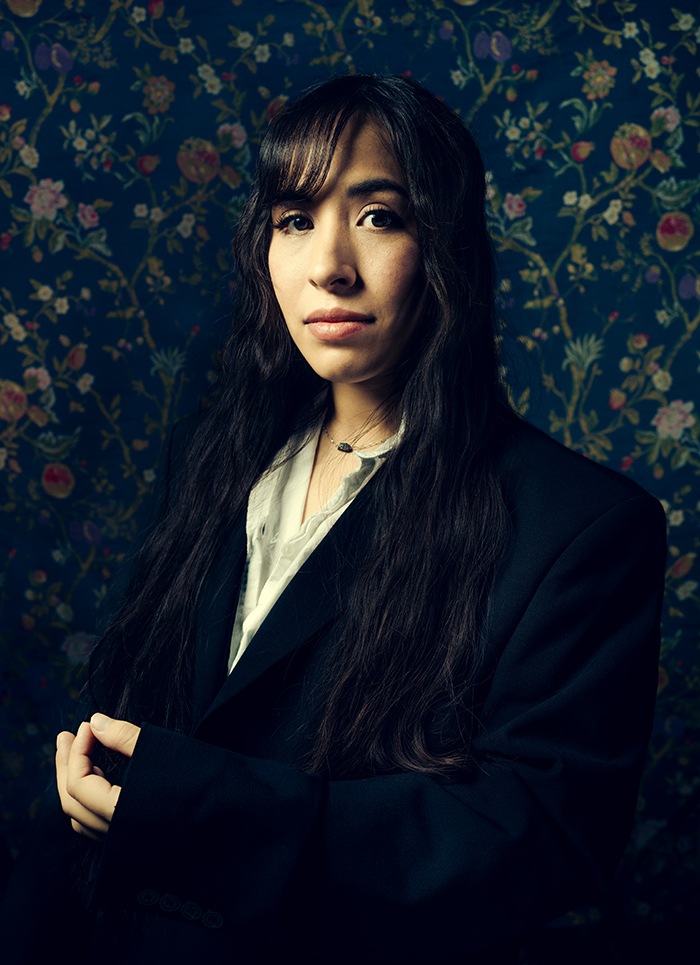
Lia Kimura
Lia Kimura, born in 1992 in Japan, is a Polish painter and fashion designer. Her work explores themes of identity, belonging, and profound emotional experiences, such as death, alienation, and hope. Kimura combines traditional and experimental techniques, focusing on the interplay between figurative subjects and abstract elements. She has been actively working as a professional artist in Warsaw since 2016. Her paintings are held in private collections and frequently featured in auctions across Poland.
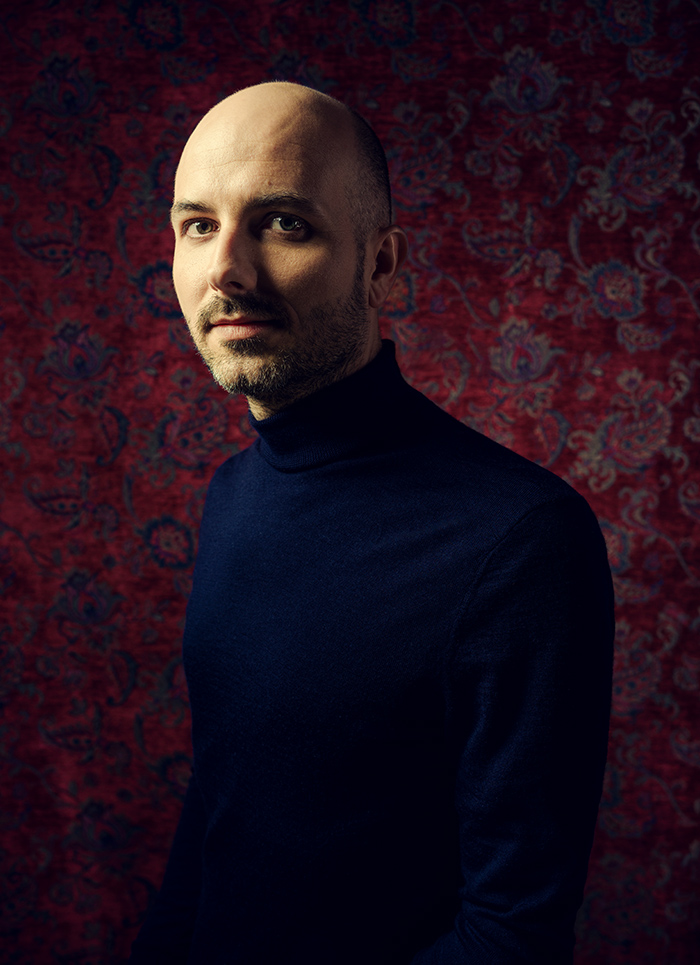
Bartosz Kokosiński
Bartosz Kokosiński, born in 1984 in Siewierz, is both a painter and a creator known for his painting installations and videos. His artistry engages with traditional painting through experimentation with format and the expansion of the image into object and installation spaces. Kokosiński completed his education at the Academy of Fine Arts in Krakow, graduating from the Faculty of Painting. In 2009, he received his diploma under the guidance of Professors Andrzej Bednarczyk and Witold Stelmachniewicz. Additionally, he contributes to the artistic collective, “The Other Society”. Kokosiński has been distinguished in the Young Art Compass ranking, securing first place in 2014 (tied with Ewa Juszkiewicz), and again in 2016, 2017, and 2018. His works are held in notable collections such as the Museum of Warsaw, the National Museum in Gdańsk, the Centre of Polish Sculpture in Orońsko, and the Bunkier Sztuki Gallery of Contemporary Art in Krakow.
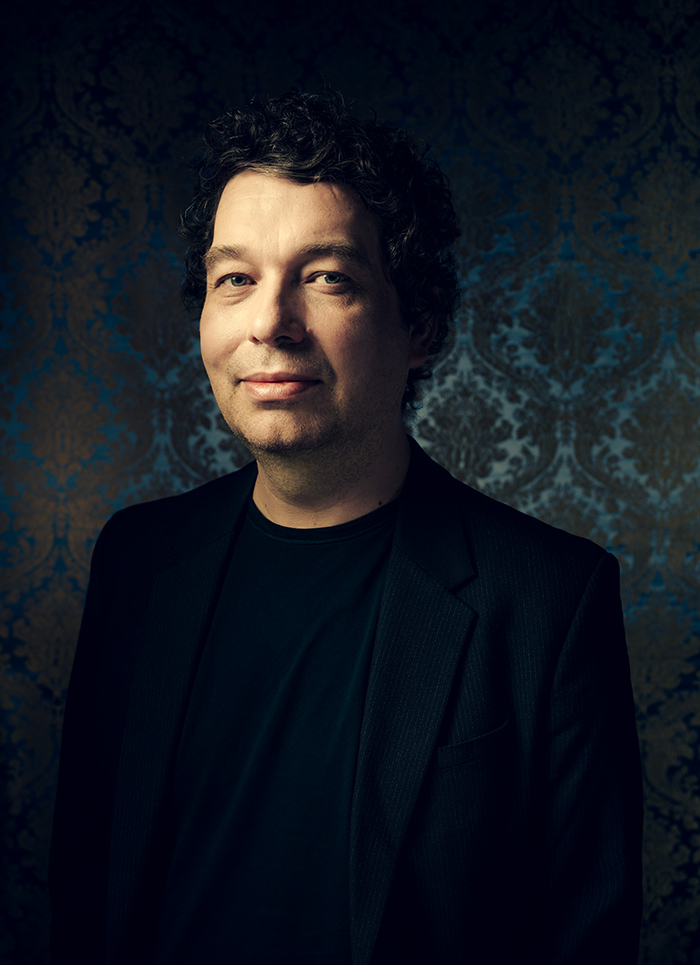
Janek Simon
Janek Simon, born in 1977 in Kraków, pursued his studies at the Institute of Psychology and the Institute of Sociology at the Jagiellonian University from 1996 to 2001. He is a laureate of the Look award from the Zachęta National Gallery of Art, in partnership with Deutsche Bank, received in 2007. Simon has also participated in several residency programmes, including the Headlands Artist in Residence in San Francisco and Gasworks in London. In 2019, a retrospective exhibition of his works was held at the Centre for Contemporary Art Ujazdowski Castle in Warsaw, which was complemented by a monographic publication.
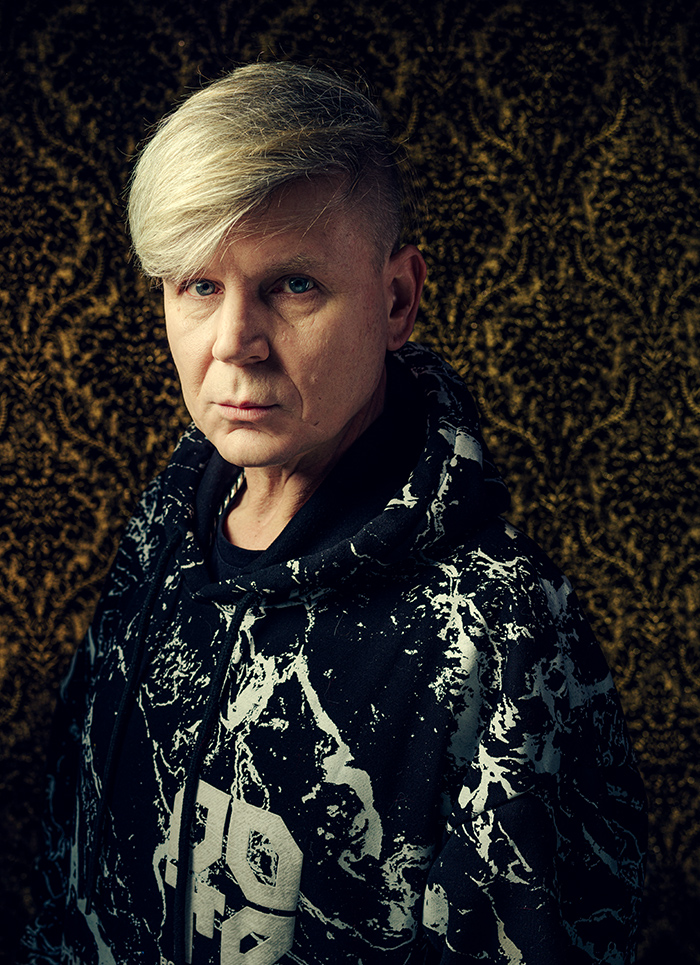
Maurycy Gomulicki
Maurycy Gomulicki, born in 1969 in Warsaw, resides and creates in both Warsaw and Mexico City. A distinguished graduate of the Faculty of Graphic Arts at the Warsaw Academy of Fine Arts, he further honed his skills at the Universitat de Barcelona, the Nuova Accademia di Belle Arti in Milan, and the Centro Multimedia at the Centro Nacional de las Artes in Mexico. Gomulicki, a multifaceted artist, designer, photographer, collector, and anthropologist of popular culture, has made significant contributions to public spaces with his unique creations. He is a self-proclaimed hedonist, ardently advocating for a “Culture of Pleasure”. Through his work, he initiates compelling conversations around eroticism, pornography, and fetishism, with the use of vibrant colours to explore their vital potential and socio-cultural significance. His oeuvre seamlessly integrates elements of popular culture, blurring the lines between the traditional classifications of low and high culture. His artistry is recognised and celebrated in prestigious collections such as the National Museum in Warsaw, Zachęta – National Gallery of Art in Warsaw, the Ujazdowski Castle Centre for Contemporary Art in Warsaw, and the Museo de Arte Carrillo Gil in Mexico.
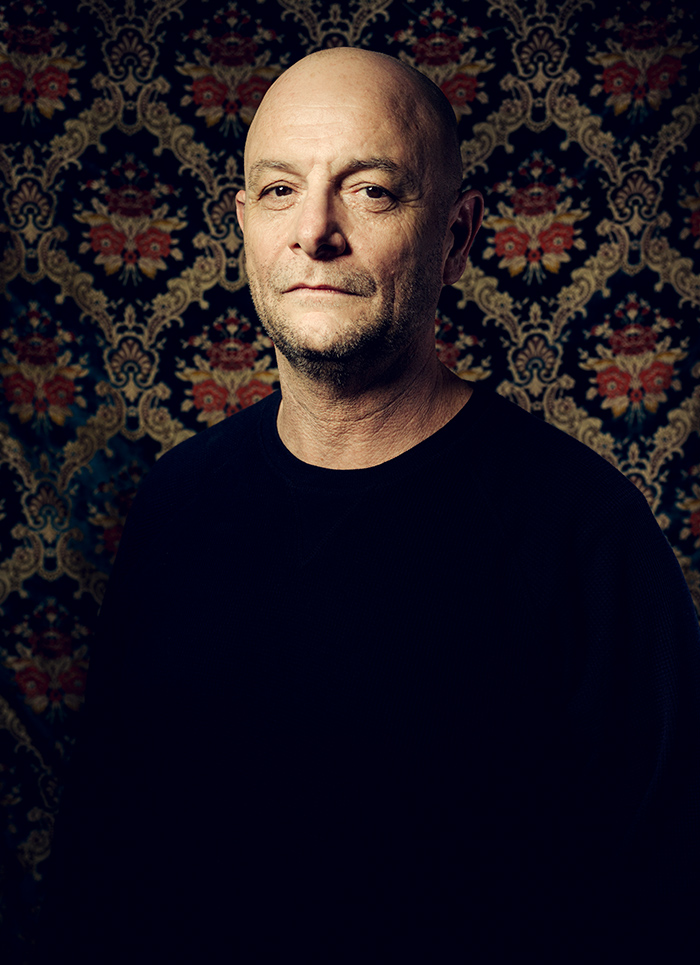
Antoine Farrugia
Antoine Farrugia, born in Malta in 1969, is a sculptor celebrated for his evocative works that draw inspiration from the native Maltese limestone. His creations, distinguished by their organic shapes and grandiose dimensions, have garnered international acclaim, featuring in both solo and collective exhibitions across the globe, notably at the Contemporary Art Biennale in Mdina. Farrugia’s sculptures, residing in both private collections and public arenas, beckon to viewers, offering an entrée into a realm of tactile forms and transformative energy.
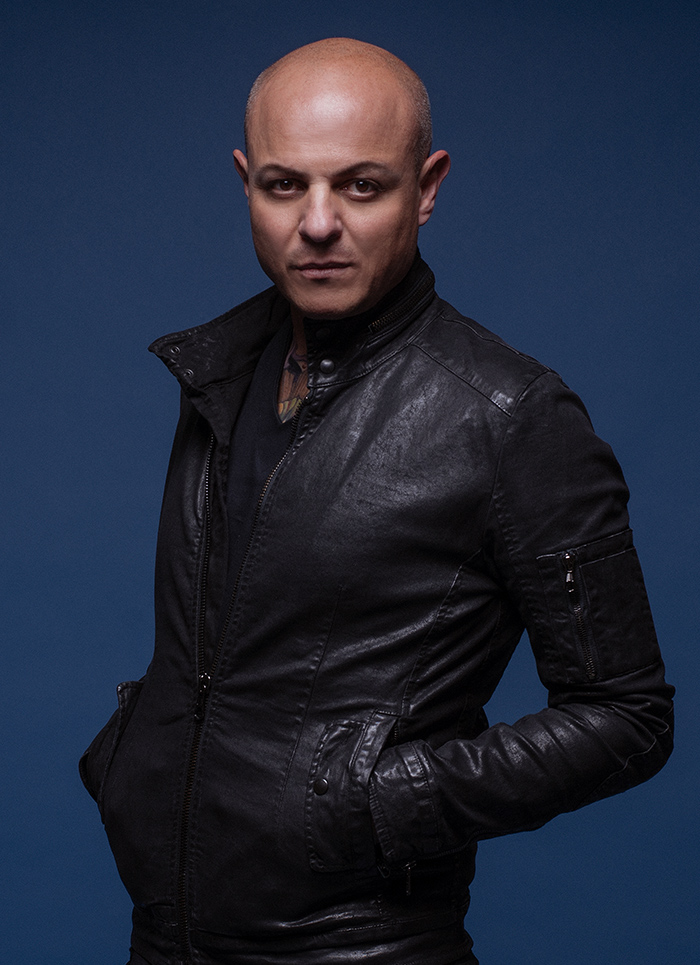
Alessandro La Spada
Alessandro La Spada is recognised as one of Italy’s most innovative and bold interior designers. His collaboration with a host of esteemed furniture manufacturers such as Visionnaire, Smania, La Murrina, Besana, Longhi, and Milldue has resulted in the creation of intensely passionate collections that merge meticulous craftsmanship, opulence, and avant- garde functionality. His portfolio boasts a variety of exhibition projects, including the design of the London FIAT showroom in 2007, displays for Visionnaire, Antolini, Smania, Longhi, Milldue, and Clan Milano at numerous Salone del Mobile editions, and the curation of window displays for the Boscolo Hotel in Milan for La Murrina in 2015 and IFDM in 2016.





